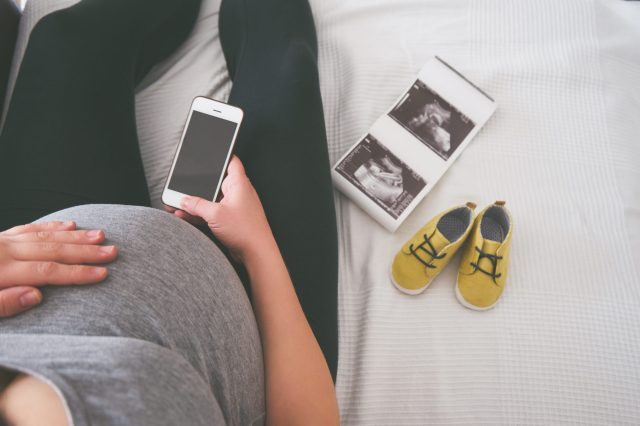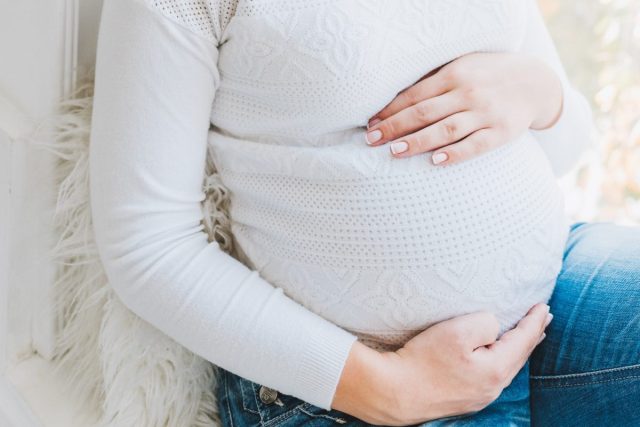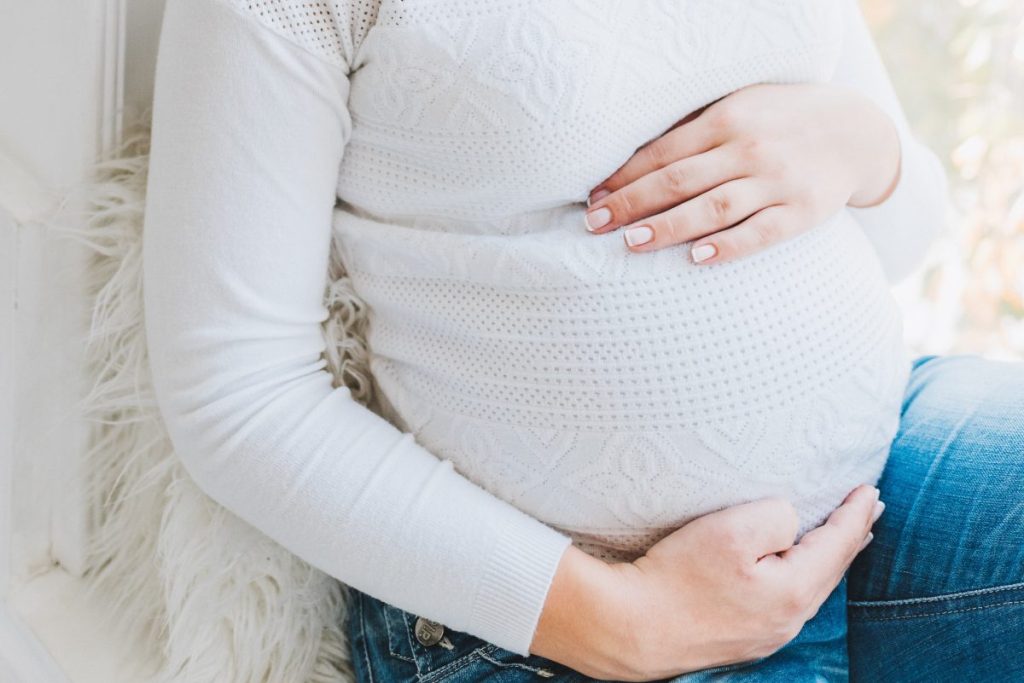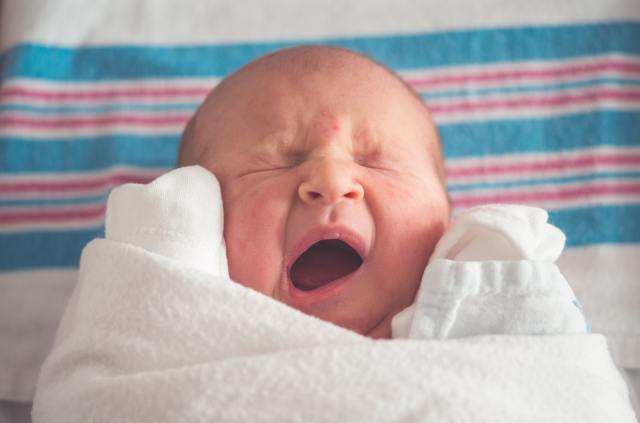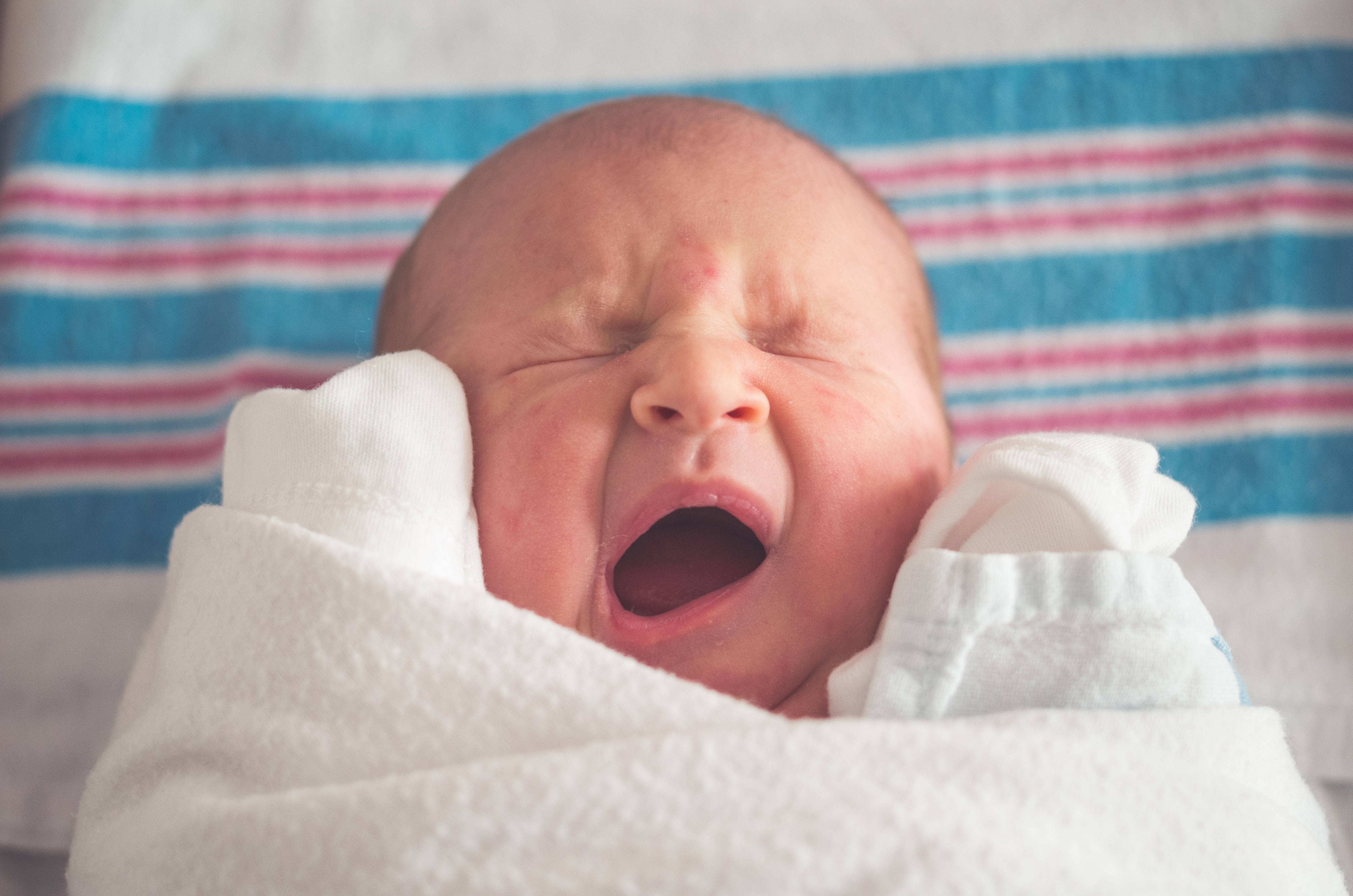When it comes to the topic of “must-dos” while pregnant, there is no shortage of suggestions—from well-meaning friends, online articles, and even perfect strangers. Take your prenatals, get plenty of rest, see your doctor regularly…the list goes on. But what you may not hear as often are things you should avoid during pregnancy. We’ve rounded up a list of seven things to skip while expecting.
Certain Foods
Trying to navigate the world of pregnancy cravings while still managing to consume a healthy, well-balanced diet isn’t easy. But consuming only foods safe for your developing baby is one of the most important things you can do while pregnant. As a rule of thumb, it’s not the type of food as much as how it’s made that matters. For example, beef, poultry, and seafood all get the green light, unless undercooked or raw. (Deli meat is a no-go, too.) Other foods to pass on: soft cheese, such as brie and feta; raw eggs; and unpasteurized dairy products.
Certain Skincare Ingredients
It’s a no-brainer to do an immediate check on any supplements you take internally once those two little lines appear, but many women forget to also review the ingredients in the lotions and serums they apply topically. The FDA maintains an extensive list of ingredients to watch out for, which include retinoids (known to cause birth defects), benzoyl peroxide and salicylic acid, and sunscreens that contain oxybenzone or avobenzone (shown to impact a fetus’s developing nervous system). But your best bet is to talk to your healthcare provider. To be sure your products are in the clear, pop them into your purse before your next OB visit for review.
Kitty Litter
If a cat is part of your family, it’s likely that cleaning out the litter box ranks high on the worst chores list, alongside scrubbing toilets and washing dishes. The good news? You have doctor’s orders to avoid scooping the box for your full term. Kitty litter can expose you to toxoplasmosis, a rare parasitic disease, which has been shown to lead to miscarriage or fetus malformations. If you’re a solo feline owner and must take on the task, be sure to wear gloves and wash thoroughly after changing out the box. Also, keep in mind, litter isn’t the only source of toxoplasmosis—consuming insufficiently cooked meat or touching infected gardening soil can also transmit the disease.
Stress
While a certain amount of trepidation is to be expected while you’re expecting, especially if it’s your first pregnancy, limiting outside stressors is important. Chronic and serious stress during pregnancy has been linked to miscarriage, high blood pressure, premature delivery, and even effects on baby’s brain development. Make an effort to reduce stressful life situations and find healthy ways to cope with any stressful situations that inevitably arise.
Specific Beverages
Passing on alcohol during pregnancy is a no-brainer, but there are other sips to skip. Due to potential bacteria, avoid unpasteurized milk and juices (including those that are fresh-squeezed). Because caffeine (think: coffee, black and green tea, and soda) and artificial sweeteners can pass through the placenta to baby, it’s best to proceed with caution and enjoy these drinks sparingly, if at all. Yummy swaps: sparkling water with a splash of pasteurized fruit juice, herbal teas, and decaf coffee.
Saunas and Spas
Easing your achy pregnancy muscles in a spa or sauna might sound like just what the OB ordered, but it’s actually quite the opposite. Elevated body temperature (above 101 degrees) can lead to complications for mama, such as lowered blood pressure, dehydration, and dizziness, as well as increasing the risk of birth defects for baby. A warm bath or a heating pad focused on sore spots is a safer soothing alternative.
Wet Paint
While it can be tempting to roll up your sleeves and paint that baby nursery yourself, it’s best to leave the painting to the professionals or your nearest and dearest. While today’s paints do not contain lead, they can contain harmful chemicals that can be absorbed through your skin or inhaled. If recreational painting is a favorite hobby or profession, be sure to mask up, wear protective clothing, and ensure the space is well-ventilated before allowing your inner artist to emerge.
